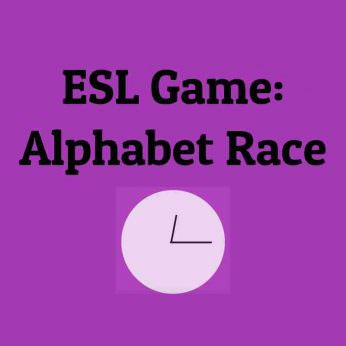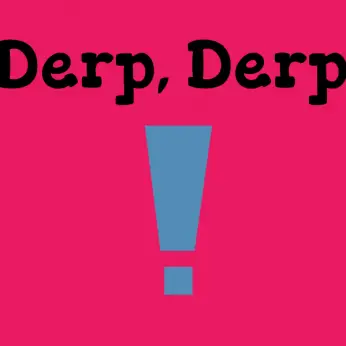ESL Game: Alphabet Race
Alphabet Race is a great game to practice the alphabet with young learners. This is a great activity to warm up students or cool down at the end of class. This is a simple no-prep activity to practice the alphabet with young learners.
Can’t see the video? Click here.
Method- Place target flashcards on a table with the picture facing up. Students stand around the table so they can see all the flashcards.
- Tell the students to close their eyes. When they do, take away one of the flashcards. Then, tell the students to open their eyes.
- The first student to spot and say the missing flashcard wins that round.
- Continue with the other cards.
ESL Game: What’s missing?
“What’s missing” is a fun ESL game to play with young learners. In this game, you can use flashcards with target language to practice vocabulary and pronunciation with your students. Can’t see the video? Click here. Method Place target flashcards on a table with the picture facing up. Students stand around the table so they […]
ESL Game: Derp, Derp
Derp, Derp is a simple no-prep ESL game that can be used with any level or age group. To start, simply choose a student who will go first. This student must choose a word. This word is the secret word. Next, the student must create a sentence using this word. They can say the sentence […]
5 Revision activities for the classroom
By the time students get to the end of term, their interest in preparing for exams can usually use some help. This post will look at five revision activities for the classroom that can be used to help students revise for exams with some fun and interactive learning activities before they do their exams. Show me the answer! Make revision […]
ESL Listen Carefully
“Listen Carefully” is a simple game for young learners. This game is a great way to practice sentence forming in a way that is not boring for your students! Its also a great way to practice ESL listening skills.
Method
1. First do an example and then choose one student that will give instructions to the other students.
e.g The student says “Stand up” and then all the other students must stand up.
2. The student gives more instructions to the class but does a different action.
e.g student says “Walk to the window” but the student who says the action walks to the door.
Students who don’t do the correct action are eliminated.
After, change the student who is giving the instructions.
After some practice, students will love this activity and its a great way to practice revision and sentence formation.
ESL Listen Carefully
ESL Listen Carefully “Listen Carefully” is a simple game for young learners. This game is a great way to practice sentence forming in a way that is not boring for your students! Its also a great way to practice ESL listening skills. Method 1. First do an example and then choose one student that will give […]


